Starting an antidepressant like Lexapro (escitalopram) can be an important step in supporting and improving mental health. However, there may come a point when you and your healthcare provider decide it’s time to stop the medication. Discontinuing Lexapro—commonly referred to as withdrawal—can bring on a range of physical and emotional symptoms that differ in severity and duration.
Navigating Lexapro withdrawal successfully requires a clear understanding of the process and its timeline. Equally important is having the right information and support to manage this transition effectively.
A recent study involving 25 patients who stopped taking Lexapro found that many experienced symptoms such as dizziness, muscle tension, chills, confusion, memory issues, and emotional sensitivity, including episodes of crying—common indicators of antidepressant withdrawal.
